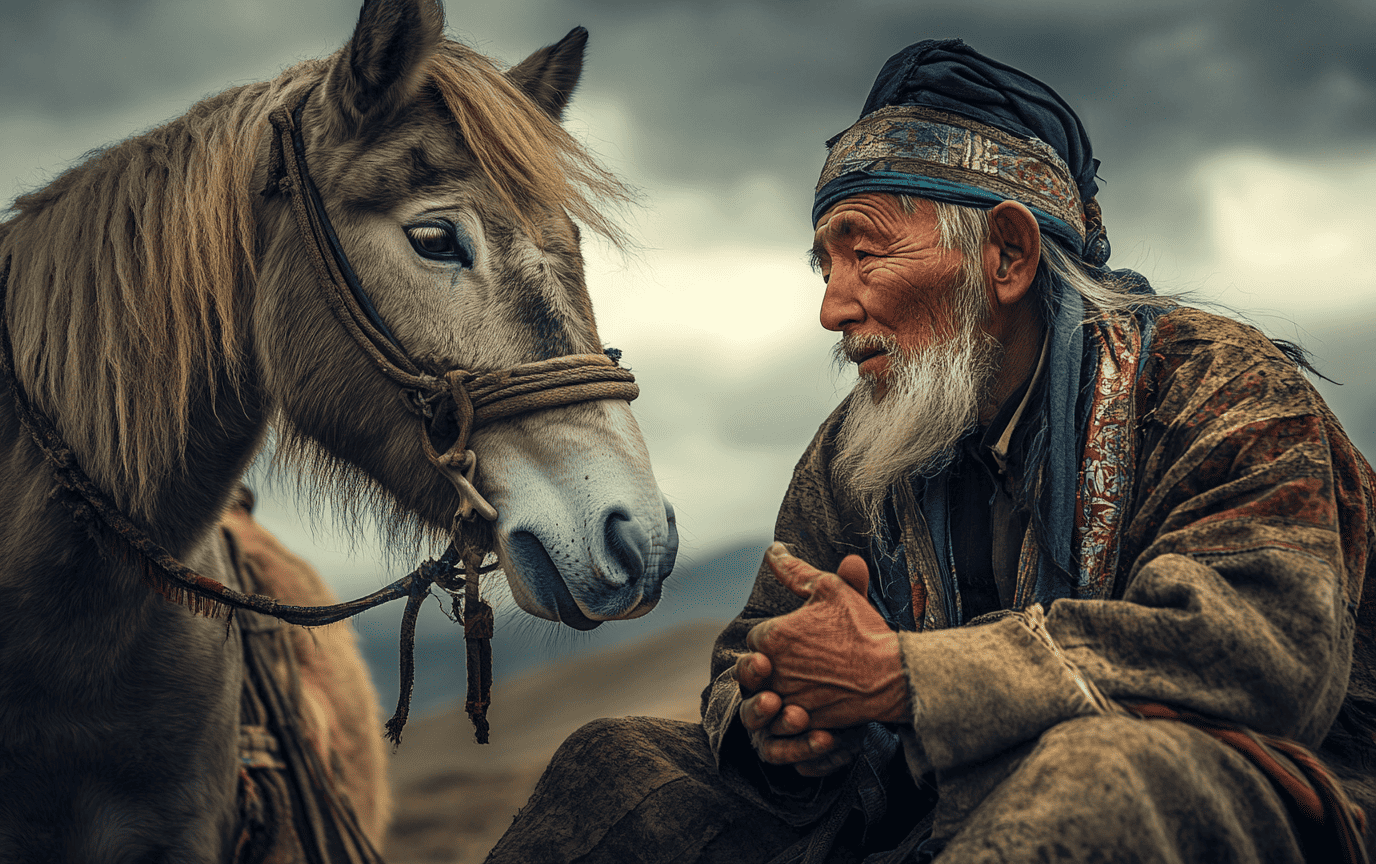Understanding the Culture of Nomadic Tribes in Mongolia
Mongolia sprawls like a canvas painted in sweeping strokes of grassland and rugged mountains. As the wind whistles through the valleys, it carries whispers of a culture steeped in the traditions of nomadic tribes. These are the Mongolian nomads—guardians of a lifestyle forged by centuries of resilience, adaptation, and an indomitable spirit. To roam with them is to tread upon the pages of living history, rich in ritual and reverence for a way of life that remains vivid against the backdrop of modernity.
Nomadic Lifestyle and Economy
At the heart of Mongolia lies the blueprint of resilience: the pastoral economy. Here, the nomadic tribesift the patterns of life, living in a rhythm dictated by the seasons. They are not merely sheepherders; they are adept custodians of the land, tending to sheep, goats, cattle (including yaks), camels, and horses. These animals, cherished companions, are the lifeblood of their existence. They provide meat, dairy, wool, and transport—a multifaceted relationship where each animal’s role is celebrated and respected.
Horses—a cultural symbol that beats in sync with the Mongolian heart—hold a profound place in daily life. As children learn to ride before they can walk, they forge a connection that runs deeper than mere utility. The air surrounding a nomadic camp on a summer morning buzzes with the sound of galloping hooves as families prepare for the Naadam Festival—a vibrant celebration of horse racing that unites communities in spirited competition, showcasing strength, skill, and familial pride.
It’s a ritual rooted in history and identity, where victories are shared, and stories of glory echo in the steppes. Every race, every win, is a fervent reminder of freedom and the unfathomable bond between horse and rider.
Cultural Traditions and Customs
In the embrace of the vast steppes, the Mongolian lifestyle is defined by hospitality. A visitor enters a nomad’s ger, a circular tent essential to the Mongolian way of life. Here, the door always faces south, embodying an invitation to the sun’s warmth. Inside, the decor tells a tale—each item a layer of their existence. The ger is more than a home; it is a sanctuary, intricately organized with the north reserved for honored guests, the west for men, and the east for women.
As the host offers milk tea, made from the very essence of their livestock, one feels the weight of tradition seep into the bones. For hospitality is a sacred aspect here, manifested in simple gestures that convey loyalty and generosity. “Have some more,” the host insists, eyes sparkling with warmth.
Mongolian clothing echoes this legacy—the deel, a long silk robe, wraps around the body like a cocoon of culture. Paired with intricate gutals, the traditional boots showcasing craftsmanship, they are a visual symphony of utility and beauty. As one dresses for the day, they wear not just fabric, but a story woven through generations.
The vibrant pulse of Mongolian life beats through three primary tests of manhood: archery, wrestling, and horse racing. These competitions transcend mere sport—they represent strength, endurance, skill, and the very essence of a fading lineage fighting for visibility. Each event unfolds like a chapter in a book; the arrows slice through the air, wrestlers grapple under the sun, and horses thunder against the earth. It is here, among the dust and sweat, that pride and heritage intertwine.
Religion and Spirituality
As one immerses deeper into the fabric of Mongolia, the spiritual landscape appears, textured and luminous. Tibetan Buddhism has flourished since the 17th century, casting ripples of influence across the land. Yet, the shadows of Shamanism and Tengrism linger, intertwining with the daily lives of remote tribes. They revere nature, believing that the spirits dwell not in the far-off heavens but in the wind, the mountains, and the rivers that carve through the earth.
Imagine standing before a shaman, golden eagle perched on his arm, as he whispers to the spirits of the land. His chants rise with the smoke of burning sage, weaving a connection to the past that transcends the transient nature of time. This fusion of beliefs informs a spirituality rich in gratitude and a deep respect for the environment, asserting that every action carries consequence—a philosophy that resonates deeply in their nomadic existence.
Family and Social Structure
Family serves as the foundation upon which the entire structure of Mongolian life is built. Love, loyalty, and respect are intricately stitched into the fabric of their relationships. Within these tight-knit families, exogamy plays a significant role; marriages arranged outside the clan foster broader connections and maintain harmony among the tribes.
Children are not merely raised; they are nurtured with reverence. Their names reflect aspirations, woven with dreams and hopes for their future. At certain milestones—like the symbolic first haircut—a ceremony marks their passage into adulthood, as men and women gather to celebrate the child’s entry into the community. “You carry us forward now,” parents whisper, tucking away memories like keepsakes.
This intimate act is a reminder of continuity, an acknowledgment that each generation carries within it the hopes of those who came before.
Modern Challenges and Preserving Heritage
Yet, as with many traditional ways, the nomadic lifestyle faces modern challenges. Urbanization accelerates like a wildfire, threatening the once-well-guarded traditions. Climate change dances like a specter across the steppe, altering the landscape they have known for generations. Each year, the harsh winters plunge deeper, while the summers become far hotter, grazed by fewer resources.
Nevertheless, the Mongolian nomads embody perseverance—a testament to the strength of their heritage. Efforts to safeguard their culture take shape in the form of community initiatives aimed at documenting family histories, weaving back the threads of their stories before they are lost. The revival of ancient practices invites curiosity, appreciation, and a sense of pride that remains unyielded—a buoy in a tumultuous sea of change.
Conclusion
In the vast expanses of Mongolia, the spirit of nomadic tribes flourishes, a symphony played by the rhythms of a life in constant movement. Their days are adorned with traditions that act as anchors to the land and their ancestors, a culture resilient in the face of adversity. As travelers, we glimpse their world—a tapestry woven with age-old traditions, colorful experiences, and heartfelt stories.
Through the lens of nomadic tribes, we derive an important lesson: the essence of identity rests within the embrace of our heritage, even as the world transforms around us. As we wander through these traditions, we are reminded that keeping our tales alive is a tribute to the human spirit—a promise to future generations that their roots remain firmly planted in the soil from which they sprung.
Interested in more insightful reads? Check out our Travel Tips section for the latest advice. For lifestyle inspiration, explore our Lifestyle category, and dive into amazing destinations at Destinations. Don’t forget to connect with us on YouTube, or follow our adventures on Instagram and Pinterest.













